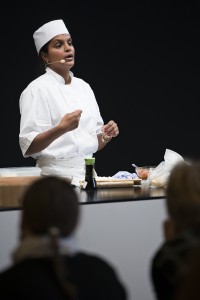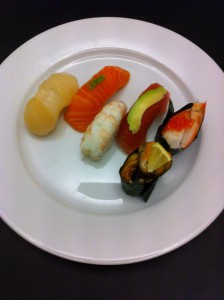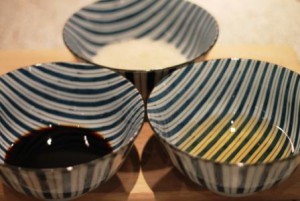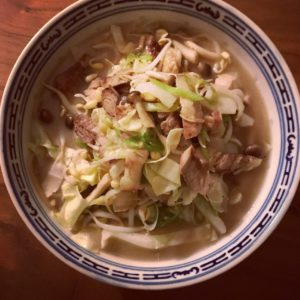
In Japan, many different kinds of stock are used for noodle soups.
The most popular are fish, pork and chicken. In Tokyo, restaurants and dinning places often make stock from scratch. Some stock takes many hours to make as Japanese ingredients are added at different stages in the preparation of the stock. The Japanese ingredients add to the stock gives the unique taste and aromas that characterize Japanese soups in Japan.
They are a little different what the Japanese families do.
Not all families have time for a busy day to make a stock. In Tokyo, supermarkets sell different types of stock. Some funds need to be dissolved in boiling water, while others are available by the glass.
Just like in Denmark, stocks can be bought in powder form or, as ready-made in a supermarket, but it can never replace a stock that is made from scratch. A stock made from scratch has a completely different taste and aromas that are not available in the powder version.
In the Noodle Soup course for beginners, you will learn how to make classic Japanese dashi stock, which forms the entire stock of Japanese cuisine a stock that is made in the same way as in the restaurants in Tokyo.
_
Zoë has lectured and held sushi courses for A. P. Moller – Maersk, Hugo Boss Nordic, Novo Nordisk, Novartis, Velux, Gorrissen Federspiel, Beierholm revision, Elbek & Vejrup and many more.






